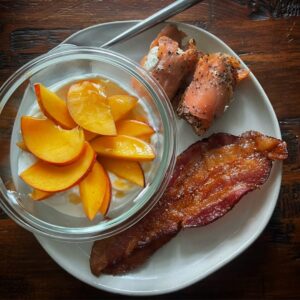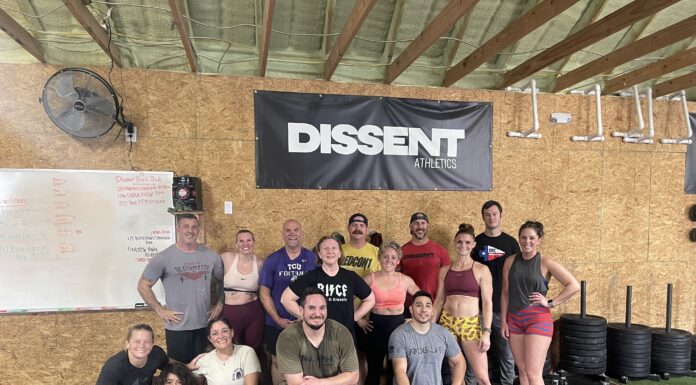Mitigating Pain through Fitness and Nutrition: A Holistic Approach
Pain is a part of the human experience. While it’s an essential signal that our body gives us when something is amiss, chronic pain can be debilitating and limit our quality of life. But did you know that fitness and nutrition can be powerful allies in reducing, managing, and even preventing pain? Kennedale’s local gym, Dissent Athletics, has all of the tools needed to help you live pain-free starting today. See below:

1. The Power of Movement
Our bodies were designed to move. The old adage “move it or lose it” holds true when it comes to pain management.
- Strength Training: Building muscle can provide more support to joints, which can reduce joint pain. For instance, strengthening quadriceps can alleviate knee pain. The key is to start slow, work with a qualified trainer, and focus on proper technique to avoid injury.
- Flexibility and Stretching: Regular stretching can alleviate muscle tightness and reduce the risk of injuries that might result in pain. Practices like yoga and pilates are especially helpful. They not only increase flexibility but also promote mental well-being, helping with the psychological aspects of pain.
- Cardiovascular Exercise: Activities like walking, swimming, and cycling can help in weight management. Carrying excess weight, especially around the midsection, puts extra strain on the back, hips, and knees, leading to pain.
2. The Role of Nutrition
What we consume has a profound impact on our health, including our experience of pain. Some foods have inflammation-reducing properties while others can exacerbate it.
- Omega-3 Fatty Acids: Found in fatty fish (like salmon, mackerel, and sardines), walnuts, and flaxseeds, omega-3s have been shown to reduce inflammation, which is often at the root of pain.
- Turmeric and Ginger: Both of these spices contain compounds that have anti-inflammatory effects. Turmeric contains curcumin, which has been studied extensively for its pain-reducing properties. Similarly, ginger can reduce muscle pain and soreness.
- Avoid Processed Foods: Processed foods often contain refined sugars, unhealthy fats, and additives – all of which can promote inflammation. Cutting down on these can make a significant difference in your pain levels.
- Stay Hydrated: Dehydration can lead to muscle cramps and joint pain. Drinking adequate water and consuming hydrating foods like cucumbers, oranges, and strawberries can help.

3. Mental Health and Pain Perception
It’s essential to understand that pain isn’t just a physical experience. Our mental state plays a massive role in how we perceive and respond to pain.
- Mind-body Practices: Activities like meditation and deep breathing exercises can help reduce the perception of pain. The mindfulness aspect of meditation allows us to observe pain without judgment, which can reduce its intensity.
- Stay Positive: It might sound cliché, but having a positive outlook can influence pain perception. Surrounding yourself with supportive friends, engaging in hobbies, and practicing gratitude can help shift focus away from pain.
4. Combining Fitness and Nutrition
The combination of physical activity and nutrition creates a synergistic effect. Here’s a simple strategy:
- Create a Routine: Designate specific times for workouts and meal planning. Consistency is crucial.
- Listen to Your Body: If a particular exercise exacerbates your pain, modify or skip it. Similarly, if you notice certain foods causing flare-ups, it might be a good idea to reduce or eliminate them.
- Seek Expert Guidance: Consider working with fitness trainers, nutritionists, or physical therapists. They can provide customized strategies suited for your unique needs. Want to get started? Click here for a free Consultation with Dissent Athletics!
Conclusion
While medications and other treatments play a role in pain management, don’t underestimate the power of fitness and nutrition. By adopting a holistic approach, you not only address the symptoms but also target the underlying causes of pain. Remember, every individual’s experience with pain is unique. What works for one person might not work for another. It’s essential to be patient, keep experimenting, and find what works best for you.
Have questions? Want to see if I can help? Call me, 817-863-1190. I’d love to chat about our process and finding out if we can help you.
Jonathan Royston





































